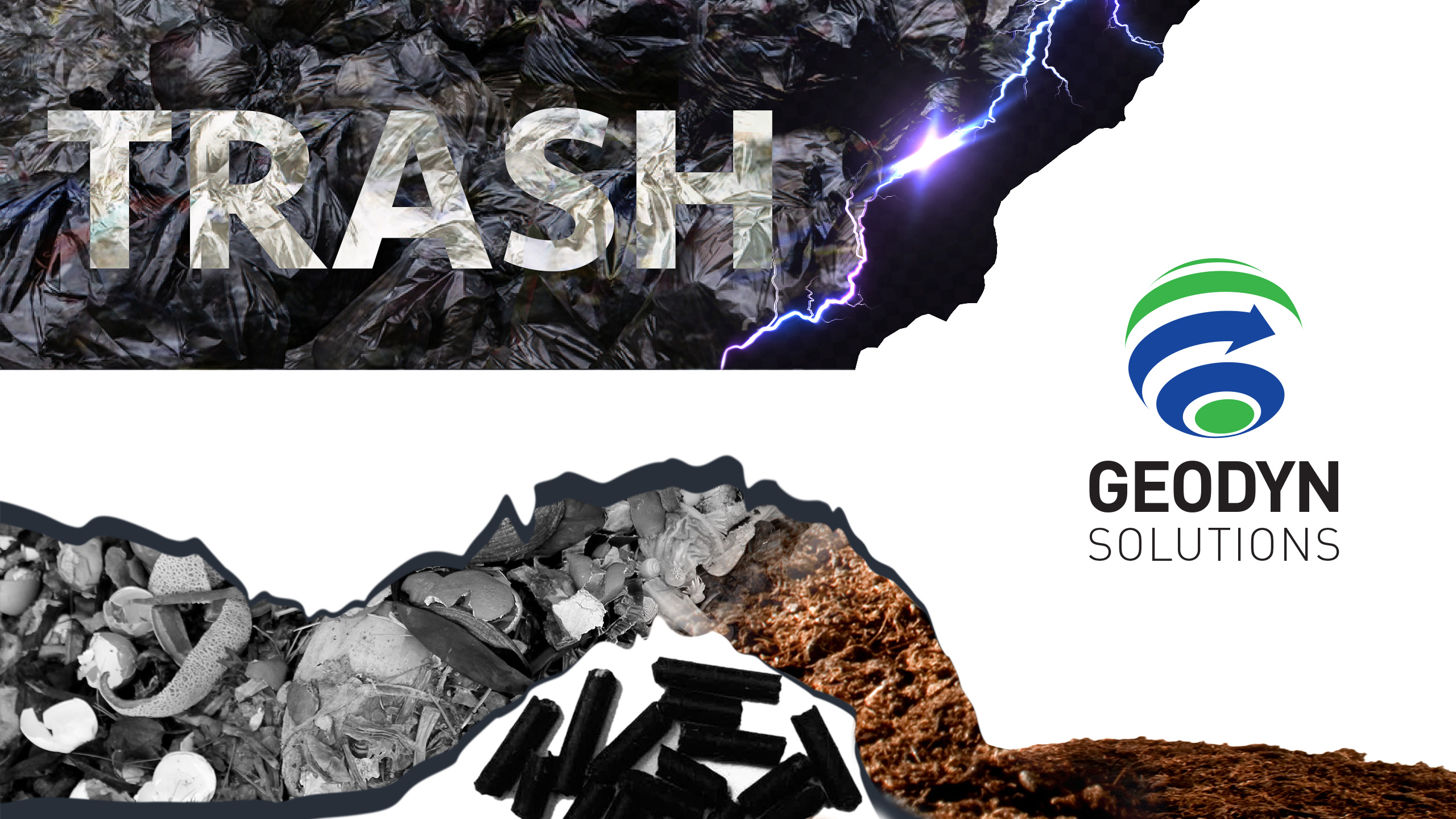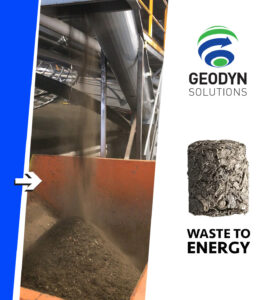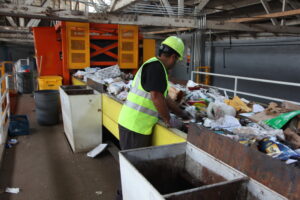One of the most pressing global challenges in today’s society is the effective and efficient management of organic waste. The world generates billions of tons of organic waste annually, from food and agricultural residues to sewage and industrial byproducts. If not properly managed, this waste contributes significantly to greenhouse gas emissions, particularly methane (CH4), a potent greenhouse gas, and carbon dioxide (CO2).
The advent of new technologies, however, offers promising solutions to this challenge. These methods transform organic waste into valuable energy sources and raw materials, making the process not only beneficial for waste management but also a potential revenue stream. They also play a pivotal role in reducing the carbon footprint, thereby safeguarding our environment.
Geodyn Solution Anaerobic Digestion: Creating Energy from Waste
Geodyn Solution leading technology in this area is Anaerobic Digestion (AD). This process involves the breakdown of organic matter by microorganisms in the absence of oxygen. The outcome is the production of biogas, a mixture of methane and carbon dioxide, and digestate, a nutrient-rich biofertilizer.
Biogas can be used as a renewable energy source for heating, and electricity generation, or as a fuel for vehicles once it’s purified into biomethane. On the other hand, digestate can replace chemical fertilizers in agriculture, promoting the circular economy concept and reducing dependence on fossil fuel-derived fertilizers.
Geodyn Solution Hydrothermal Carbonization: Waste to Biochar
Another promising method is Geodyn Solution Hydrothermal Carbonization (HTC). This thermochemical process transforms organic waste into biochar, a stable form of carbon, under high pressure and temperature conditions. Biochar has high carbon content and can be used as a soil amendment to improve soil fertility and sequester carbon, thereby reducing CO2 emissions. Moreover, biochar can be further processed into activated carbon, a valuable commodity in various industries, including water treatment and gas purification.
Geodyn Solution Plasma Gasification: Converting Waste to Syngas and Biochar
Geodyn Solution Plasma gasification is an advanced waste-to-energy technology that uses high temperatures to decompose organic waste. This process produces synthesis gas (syngas), a mixture of hydrogen and carbon monoxide, and biochar. Syngas can be used to generate electricity, heat, or as a raw material for producing chemicals and fuels. Meanwhile, biochar can be utilized in the same way as mentioned under the HTC process.
The Path to a Sustainable Future
These innovative waste-to-energy technologies offer sustainable solutions to manage the burgeoning organic waste issue and help combat climate change. By converting waste into energy and valuable raw materials, they promote resource efficiency, reduce dependence on fossil fuels, and decrease CO2 emissions. They also provide economic incentives, making waste management not just an environmental necessity but a profitable venture.
However, the journey towards a waste-free society requires more than technological advancements. It also calls for policy support, public awareness, and investment in research and development to optimize these technologies and make them more accessible and affordable. By doing so, we can turn the global challenge of waste management into a sustainability success story, contributing significantly to our collective efforts to protect our planet.



